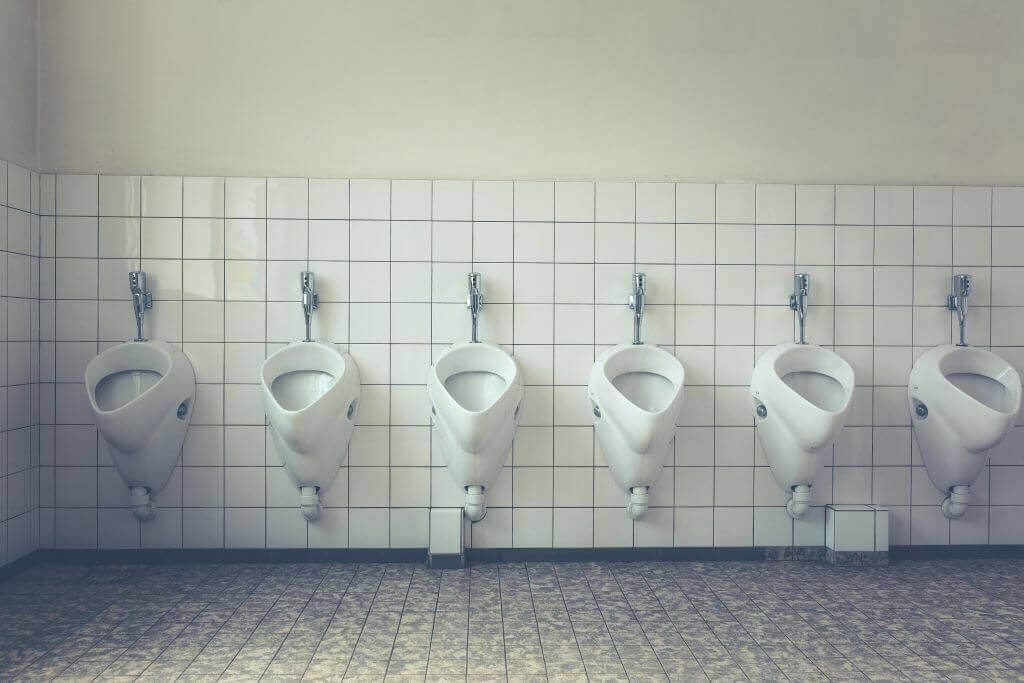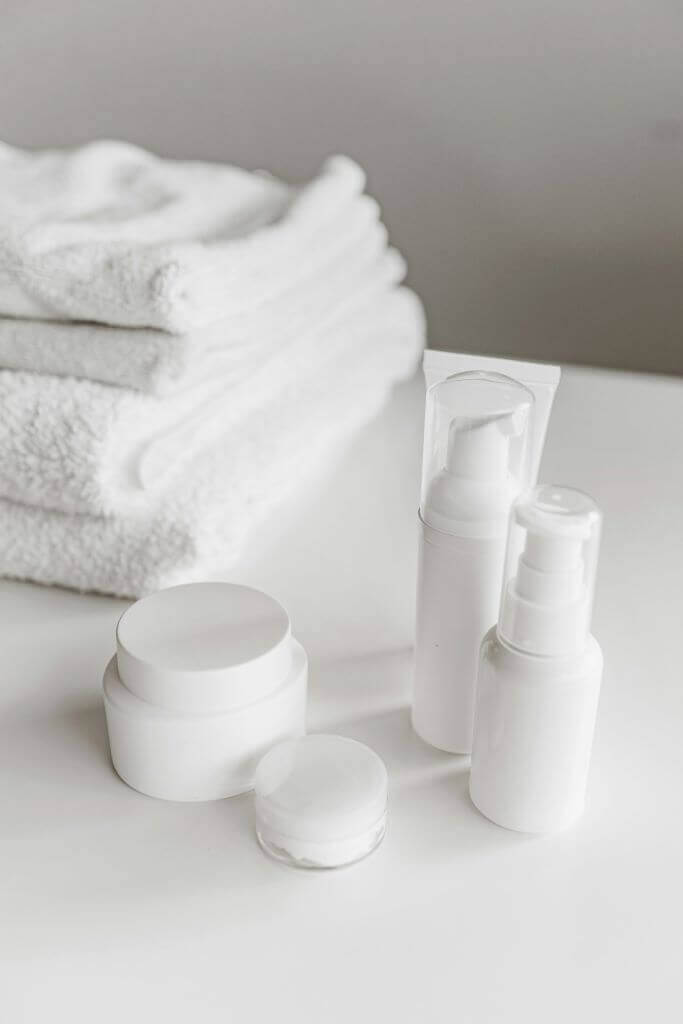Incontinence is not a direct consequence of aging, but it is a far more common issue for older people, especially women. While every second woman is likely to experience urinary leakage at some point, only around one in three to five men over 65 will be affected. But the silver lining also harbors a dark cloud. And that cloud is the link between frequent urination or incontinence and prostate problems.
The prostate gland, a walnut-sized organ located just below the bladder in men, plays a crucial role in the urinary system. It produces a fluid that nourishes and protects sperm. As men age, however, the prostate can enlarge in a condition called Benign Prostatic Hyperplasia (BPH). This non-cancerous growth is quite common, affecting an estimated 50% of men by age 60 and up to 90% by age 80, according to a National Institute of Diabetes and Digestive and Kidney Diseases article.
Understanding BPH
It's important to distinguish BPH from prostate cancer. While both conditions result in an enlarged prostate, BPH is a benign condition, whereas prostate cancer is malignant and far more serious. The cause of BPH is somewhat of a mystery. Still, researchers believe it stems from hormonal changes, particularly a decrease in testosterone and an increase in estrogen levels that occur with aging.
Testosterone is responsible for various functions, including prostate growth. However, as men age, testosterone levels naturally decline. Other hormonal changes may also play a role. For instance, while estrogen levels in men are much lower than in women, some studies suggest that even a slight increase in estrogen relative to testosterone might contribute to prostate growth.
The Spectrum of Urinary Symptoms in BPH
Not all men with BPH experience symptoms, and the severity can vary significantly. However, some common urinary symptoms associated with BPH include:
Nocturia. This is a disruptive condition where the affected person experiences frequent urination during the night. Men with BPH might urinate several times a night, interrupting their sleep cycle and causing them to feel tired and irritable during the day.
Hesitancy. Men with hesitancy might have difficulty initiating urination and may feel that the bladder hasn’t completely emptied after going to the bathroom.
Weak urine stream. The force and flow of urine might be decreased due to the blockage caused by the enlarged prostate. This can make it difficult to empty the bladder and the urge to urinate again sooner than expected.
Straining to urinate. BPH may obstruct the urethra, requiring the person to push or strain to expel the urine. This straining can stress the bladder muscles and weaken them over time, worsening urinary incontinence symptoms.
Urgency. This is the sudden and strong urge to urinate, often with little warning or time to reach a toilet. This urgency can be pretty embarrassing and lead to social anxiety or withdrawal from certain activities. Urgency might cause leakage if someone can't reach a restroom in time.
Stress incontinence. BPH can contribute to stress incontinence, which may cause urine leakage during activities that put pressure on the bladder, such as coughing, sneezing, or laughing.
Although these symptoms may be only temporary, they are a nuisance that must be dealt with. For expert advice on the best adult diaper options, incontinence pads and boosters or urology devices and catheters, speak to the team at LL Medico. Call (855) 422-4556 today or email support@llmedico.com. We have over 25 years of experience in this field, and we’re here to support you through this challenging time.
Complications of Untreated BPH
Urinary tract infections (UTIs) can be painful and uncomfortable. Failing to empty the bladder creates a stagnant environment, allowing bacteria to multiply and increasing the risk of UTIs. Symptoms include a burning sensation during urination, frequent urination, and blood in the urine.
Bladder stones: Stagnant urine can also facilitate the formation of bladder stones. These are hard deposits of minerals that can cause pain, blood in the urine, and difficulty urinating. Passing bladder stones is very painful and might require medical intervention.
Urinary retention: A serious complication of BPH is complete blockage of the urethra, preventing urination altogether and causing severe pain and potential bladder damage. Urinary retention is a medical emergency that requires immediate attention.
Diagnosing and Treating BPH
Diagnosis typically involves a discussion of symptoms with a doctor, a physical or ultrasound exam, and potentially a digital rectal exam (DRE) to assess the size and consistency of the prostate. Urine flow tests might be used to measure the rate and force of urination. In some cases, additional diagnostic tools like ultrasound or cystoscopy might be used to visualize the prostate and urethra for a more detailed evaluation.
Treatment options depend on the severity of symptoms. For mild cases, lifestyle modifications may address the condition adequately.
Drink plenty of fluids throughout the day to help dilute urine and reduce bladder irritation. However, avoid liquids close to bedtime to minimize the need to get up at night.
Limit caffeine and alcohol. They can irritate the bladder and worsen urinary urgency.
Manage bladder habits. Double voiding (urinating twice in a row) and avoiding the urge to delay urination can help empty the bladder and reduce the risk of complications.
Another treatment option for mild cases is medication. We’ll look at the two main medication classes:
Alpha-blockers. These medications relax the muscles in the prostate tissue, allowing for more effortless urine flow through the narrowed urethra. They typically relieve symptoms like hesitancy, straining, and weak stream. However, alpha-blockers don't shrink the prostate and might cause side effects like dizziness, low blood pressure, and lightheadedness. They may not be suitable for men with certain medical conditions like uncontrolled heart disease or a history of fainting.
5-alpha reductase inhibitors. These medications block the conversion of testosterone to dihydrotestosterone (DHT), the more potent form of testosterone that fuels prostate growth. 5-alpha reductase inhibitors can help shrink the prostate gland over time by reducing DHT levels. This can lead to improvement in symptoms like frequent urination and urgency. However, these medications might take several months to show their full effect and can have side effects like decreased libido or erectile dysfunction. 5-alpha reductase inhibitors should be avoided by men planning to conceive a child as they can affect sperm quality.
For patients with more severe symptoms or those who don't respond well to medications, minimally invasive procedures might be an option. These procedures aim to destroy or reduce prostate tissue without the need for traditional surgery. Some common minimally invasive procedures include:
Prostate artery embolization (PAE): In this procedure, a catheter is inserted through a small incision in the groin and injects tiny beads into the prostate arteries. These beads block blood flow, causing the prostate to shrink. This is a relatively new procedure with promising results, but long-term data is still emerging.
Microwave therapy (TUMT): This procedure involves inserting a microwave antenna through the urethra into the prostate. Microwave energy heats and destroys prostate tissue, improving urine flow. TUMT is typically performed on an outpatient basis with minimal recovery time.
Water vapor thermal therapy (WVTT): Like TUMT, WVTT uses sterile water vapor delivered through the urethra to destroy prostate tissue. This procedure is also performed on an outpatient basis and offers minimal recovery time.
Of course, surgery remains an option for severe cases or where other treatments have failed. The most common surgical procedure is a transurethral resection of the prostate (TURP). A resectoscope, a surgical instrument with a cutting loop and cautery device, is inserted through the urethra to remove a portion of the enlarged prostate tissue. TURP is a very effective procedure, but it can have side effects like retrograde ejaculation (semen entering the bladder instead of exiting through the penis) and urinary incontinence, although these are usually temporary.
Conclusion
It is clear that BPH plays a role in urinary issues and can cause pain and discomfort. However, it’s important to remember that it can be very easily and successfully treated. Men over the age of 50 should consult a medical professional for prostate screening. From the age of 60, it’s advisable to have an annual follow-up.







 855-422-4556
855-422-4556 Chat
Chat E-Mail
E-Mail Monday - Friday 9:00AM to 5:00PM EST
Monday - Friday 9:00AM to 5:00PM EST






 855-422-4556
855-422-4556